2021 President’s Council

An Experience Designed For Private Club
Presidents, Board Members, and Executive Level Team Members.
presented by



This unique networking opportunity will bring together Club Presidents, Board Members, and Executive Level Team Members to learn what the highest performing clubs are doing to stay relevant and vibrant in today’s competitive market. The education featured will leverage decades of hands-on advisory experience and in-depth analysis as the club industry’s premier consultants share insights and experiences gained through their partnerships with the most successful clubs in the country.
The focus of this opportunity will be to generate widespread understanding and adoption of the best practices that lead to sustained club success:
- Informed Leadership
- Strategic Stewardship
- Empowered Management and Team
- Compelling Member Experience


SUNDAY, NOVEMBER 14, 2021
- Cocktail & Hors d’oeuvres Welcome Reception
MONDAY, NOVEMBER 15, 2021
- Continental Breakfast
- Morning Education Sessions
- Lunch
- Afternoon Education Sessions
- Social Hour & Club Tours
TUESDAY, NOVEMBER 16, 2021
- Golf at Carmel Country Club
WHO WE ARE
Kopplin Kuebler & Wallace, McMahon Group and Club Benchmarking, three of the most highly respected firms serving private clubs, have established the Club Leadership Alliance. After more than ten years of working together independently, the firms felt it was essential to work more closely in order to more effectively serve clubs in all their operational, financial, staffing, strategic and facility aspects.
WHAT WE DO
Whether it is management search, understanding club finances, strategic planning or facility planning; the Alliance member firms have the unequaled expertise and skills to resolve any club challenge. We are here to provide your club with our expertise, as clubs are our business.
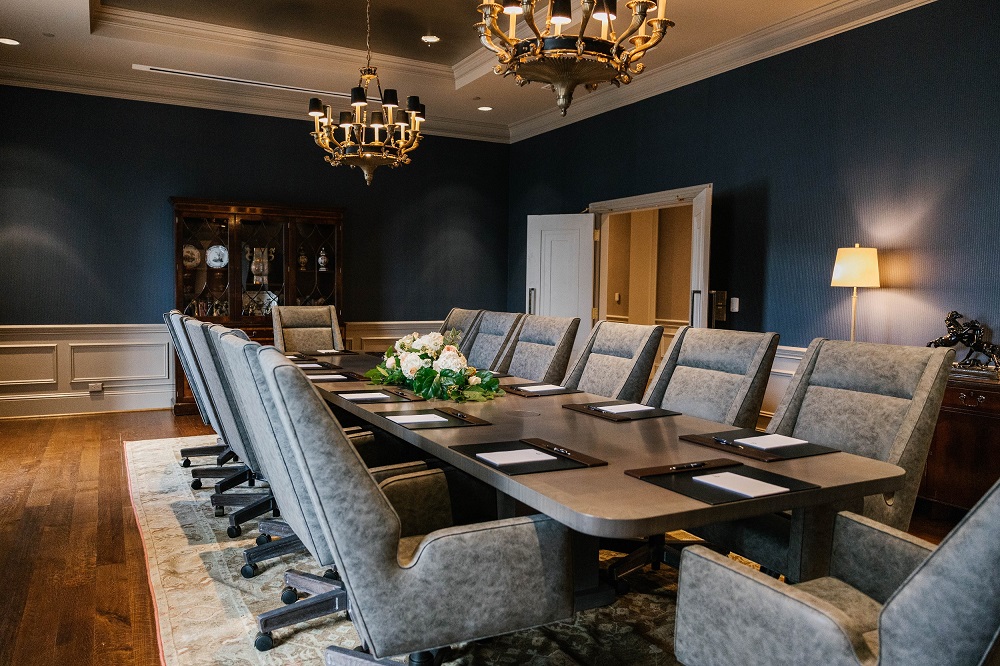

EVENT CONTACT INFORMATION
Patty Sprankle
patty@kkandw.com
561-723-0607
Hannah Eanes
hannah@kkandw.com
214-535-3070
HOTEL & GOLF
Hotel Accommodations and Golf Logistics are not included in event registration. These details will be communicated to attendees within the confirmation email received upon registering and paying for the event through the online registration form.







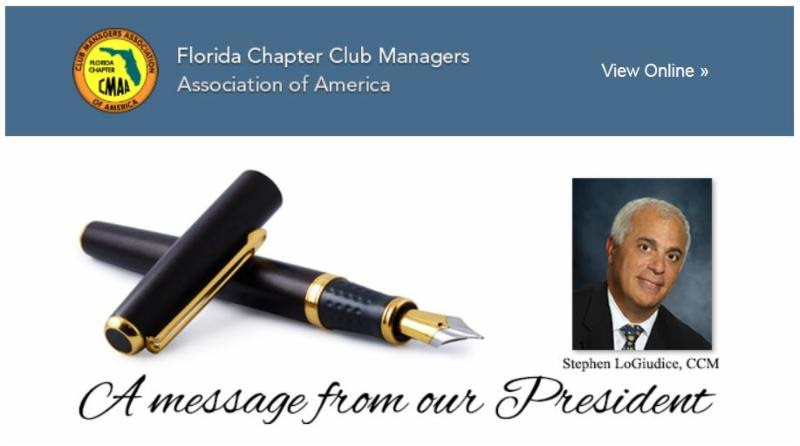




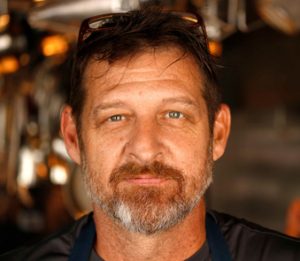

 Richard M. Kopplin
Richard M. Kopplin Kurt D. Kuebler, CCM
Kurt D. Kuebler, CCM
 Lisa Carroll
Lisa Carroll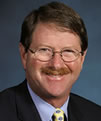 John R. “Jack” Sullivan, CCM
John R. “Jack” Sullivan, CCM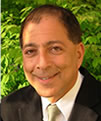
 Kurt D. Kuebler Kurt D. Kuebler, CCM, is a Partner of Kopplin & Kuebler, LLC, The Most Trusted Names in Private Club Executive Placement.
Kurt D. Kuebler Kurt D. Kuebler, CCM, is a Partner of Kopplin & Kuebler, LLC, The Most Trusted Names in Private Club Executive Placement. Lisa Carroll Lisa Carroll is Relationship Manager at Kopplin & Kuebler, LLC, The Most Trusted Names in Private Club Executive Placement(
Lisa Carroll Lisa Carroll is Relationship Manager at Kopplin & Kuebler, LLC, The Most Trusted Names in Private Club Executive Placement( Kevin R. Peters Kevin Peters is a retired federal agent and former club manager who conducts the candidate backgrounding for Kopplin & Kuebler, LLC. He is also owner of KR Peters Security, LLC, a security consulting company primarily servicing the private club industry.
Kevin R. Peters Kevin Peters is a retired federal agent and former club manager who conducts the candidate backgrounding for Kopplin & Kuebler, LLC. He is also owner of KR Peters Security, LLC, a security consulting company primarily servicing the private club industry. Kevin MacDonald and Shelley MacDougall
Kevin MacDonald and Shelley MacDougall  John R. “Jack” Sullivan, CCM Jack is Vice President of Hamilton Harbor Yacht Club and provides consulting services to private clubs. He specializes in strategic planning and other private club operational issues.
John R. “Jack” Sullivan, CCM Jack is Vice President of Hamilton Harbor Yacht Club and provides consulting services to private clubs. He specializes in strategic planning and other private club operational issues.